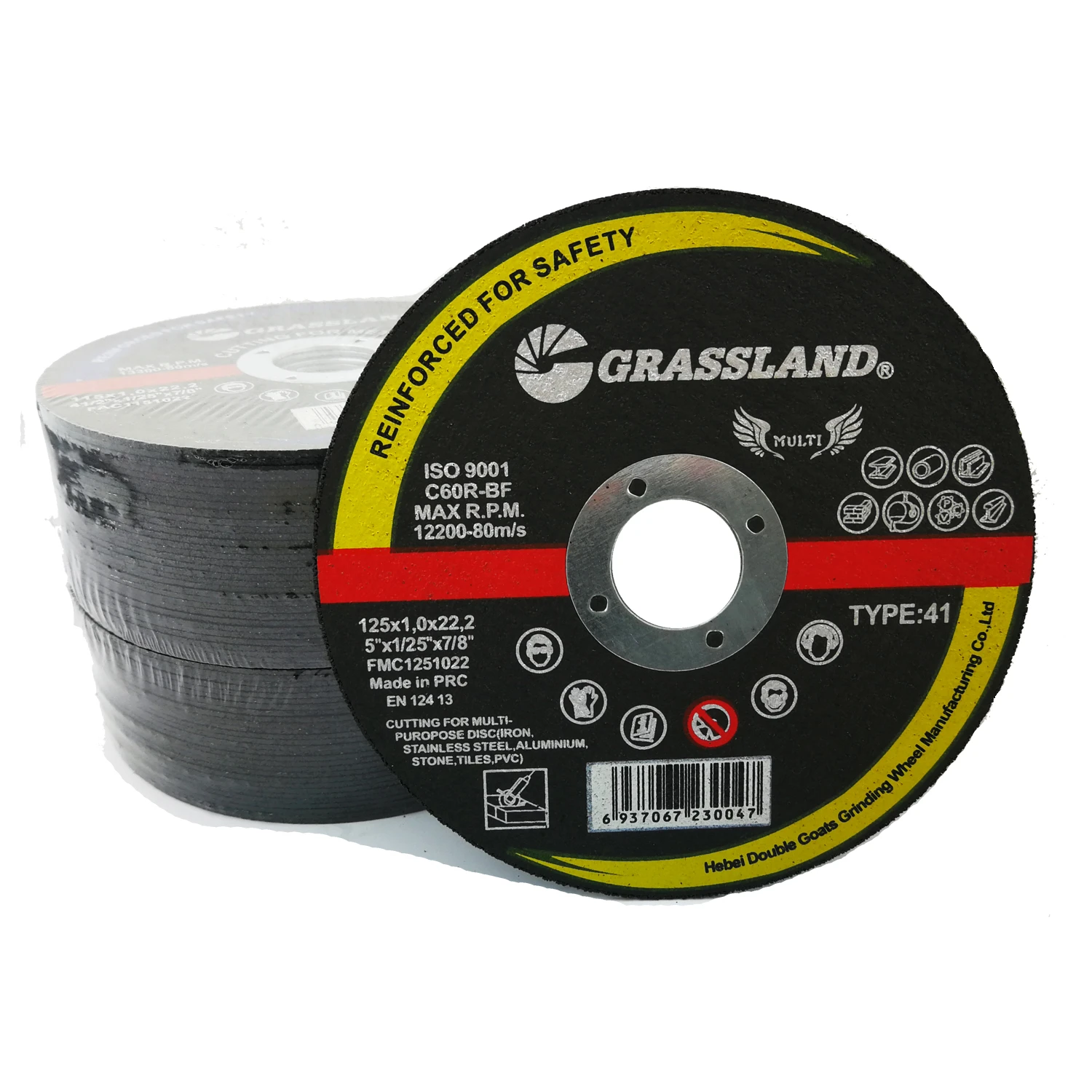Understanding the Pricing of Cutting Discs for Steel
In the world of metalworking, cutting discs play a crucial role in ensuring precision and efficiency. These tools are indispensable for fabricating, shaping, and finishing steel components. The price of cutting discs for steel can vary widely based on several factors, including material composition, size, brand, and specific application. This article aims to break down these factors to help consumers understand what influences cutting disc pricing and how to make informed choices.
Material Composition
The primary determinant of a cutting disc's price is its material composition. Common materials used in cutting discs include aluminum oxide, zirconia alumina, ceramic, and diamond. Each material has unique properties that affect its performance and longevity. For instance, diamond cutting discs, while significantly more expensive than other types, offer unparalleled precision and durability, making them suitable for cutting hardened steel or for use in heavy-duty applications. On the other hand, aluminum oxide discs are less expensive and are generally used for lighter applications. Understanding the material is crucial because investing in a higher-quality disc can lead to cost savings in the long run through reduced wear and longer service life.
Size and Thickness
The size and thickness of cutting discs are other critical factors influencing their price. Standard sizes for cutting discs range from 4 inches to 14 inches in diameter, with variations based on specific needs and equipment. Thicker discs usually require more material and manufacturing precision, thus increasing their cost. Moreover, certain thicknesses are specifically designed for heavy-duty applications and can maintain performance under high stress, justifying a higher price point. Consumers should consider their cutting needs carefully, as selecting the correct size and thickness can impact operational efficiency and material wastage.
Brand Reputation
Brand reputation plays a significant role in the pricing of cutting discs. Well-established brands often charge a premium due to their history of reliability, quality assurance, and customer service. While generic brands might offer lower prices, they may compromise on durability and performance. Therefore, it's essential for buyers to balance cost against quality and brand reputation. Researching customer reviews and seeking recommendations from industry professionals can help buyers make informed decisions.
cutting disc for steel price

Quantity and Bulk Purchase
Another factor affecting the price of cutting discs is the quantity purchased. Buying in bulk can lead to significant savings per unit. Many suppliers offer discounts for bulk orders, which is particularly beneficial for businesses that require a consistent supply of cutting discs. For hobbyists or smaller operations, however, purchasing individual discs might make more sense, even if the unit price is higher. When considering bulk purchases, customers should also factor in storage space and shelf life, as cutting discs have a finite lifespan, especially if they're not stored correctly.
Specific Application
Different applications may require specialized cutting discs, and this specialization can influence pricing. For instance, cutting discs meant for stainless steel might include specific additives to prevent corrosion and increase lifespan, thus fetching a higher price. Similarly, discs designed for particular cutting tasks, such as masonry or tile cutting, might also come at a premium due to their specialized construction. Buyers should assess their specific needs and match them with the appropriate cutting disc to ensure efficiency and cost-effectiveness.
Market Trends and Economic Factors
Finally, broader market trends and economic factors can influence the price of cutting discs. Fluctuations in raw material prices, such as steel and aluminum, due to economic conditions or supply chain disruptions, can affect manufacturing costs, subsequently impacting retail prices. Additionally, seasonal demand shifts in metalworking industries can create price volatility. Staying informed about these trends can enable buyers to purchase cutting discs at the most opportune times.
Conclusion
In summary, understanding the pricing of cutting discs for steel involves considering multiple factors such as material composition, size, brand reputation, purchasing quantity, specific applications, and external market trends. By evaluating these aspects carefully, consumers can make informed decisions that balance their immediate budgetary constraints with long-term performance and efficiency needs. Whether you are a professional in the metalworking industry or a DIY enthusiast, selecting the right cutting disc is essential for achieving optimal results in your projects.
Post time:Oct - 11 - 2024

















